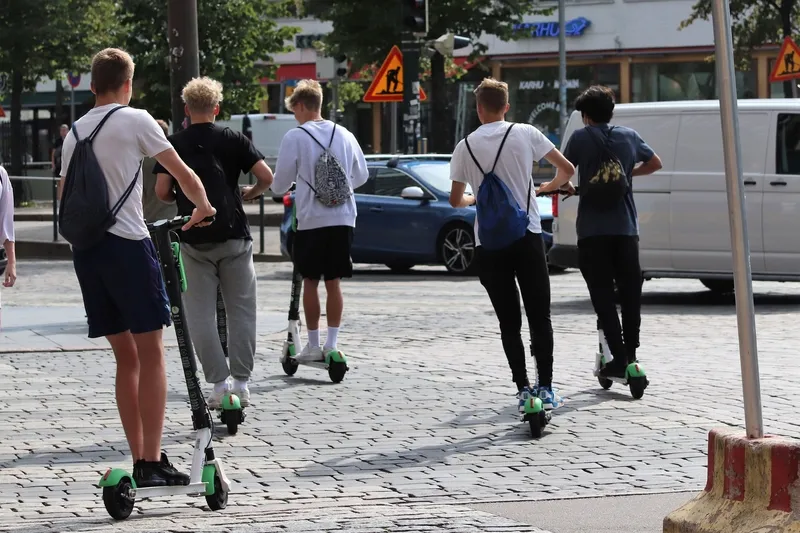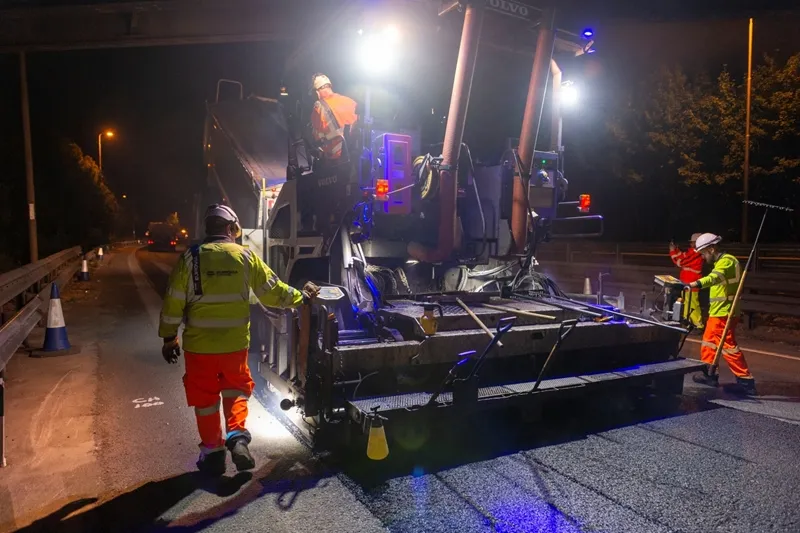
TRL has produced a report that recommends technical design regulations for e-scooters to make them safer for all users and more useable for disabled people.
The report notes that there could be benefits from allowing e-scooter to be legally run on pedestrian paths and footways.
Currently e-scooters have no formal definition. TRL, a UK-based global transport research consultancy, said the report sets out 10 primary recommendations to inform development of this new category and the technical definition of e-scooters. It was commissioned by the UK’s Department for Transport (DfT) and completed with the WMG (Warwick Manufacturing Group), a multi-disciplinary research department within the University of Warwick.
The report focuses on how regulations can ensure that risks posed to e-scooter users and other road users are as low as possible and that the design of e-scooters is inclusive of disabled people. Also, that the sustainability of e-scooters is maximised in order to make a net contribution towards zero carbon emissions.
The DfT has previously proposed to create a Light Zero Emission Vehicle (LZEV) category to encourage the growth and adoption of light electric vehicles while maintaining safety standards. This category would include within it sub-categories for different groups of light vehicles, of which e-scooters would be one. These vehicles would effectively sit outside the remit of motor vehicle regulations, for example the leaner ‘L’ category.
Ianto Guy, TRL’s technical lead for the research, said the work gathered evidence to inform requirements for the design, construction, sale, use and maintenance of e-scooters. “Consideration of the mobility needs of disabled people was also a primary focus to ensure that regulations can unlock the micromobility market for everyone,” said Ianto, an automotive engineer and paramedic with two decades of experience designing, conducting and leading vehicle safety and performance trials. He has also led a variety of micromobility related projects for the European Commission.
“Our goal was to assist the DfT in developing effective regulations for e-scooters that are sufficiently flexible and proportionate to promote innovation and minimise burden for industry.”
Key recommendations include permitting e-scooters to be used on footways which the report says will bring clear accessibility benefits for those with mobility impairments. However, notes the report, there are legitimate concerns that permitting e-scooters to be ridden on the footway will inevitably bring them into conflict with pedestrians. This is of particular concern to visually-impaired people and older people. Further work is needed to understand how to mitigate these risks while ensuring micromobility is accessible for all.
Practical performance-based tests for e-scooter stability should be adopted, for example, based on those currently applied in Germany under the eKFV approval system. The Kraftfahrt-Bundesamt (Germany’s Federal Motor Transport Authority) grants approvals for production of personal light electric vehicles (eKFVs). Approvals can be granted only to assessed manufacturers.
Other recommendations are that E-scooters should be fitted with a system that limits their maximum speed which cannot be easily defeated. Meanwhile, it is a scooter’s laden mass - weight of scooter plus that of the rider – that should be regulated, rather than the scooter’s unladen mass. The acceleration of e-scooters should be limited to a maximum of 2m per second.
To reduce whole-life carbon emissions, measures should be introduced to prolong the lives of e-scooters. These include the introduction of “right-to-repair” requirements and extending the mandatory warranty period to at least 2 years.
Local authorities may wish to stipulate certain technical characteristics for the scooters used in open access rental schemes and the authorities should continue to be allowed to do so by way of their licensing of those schemes. However, the report suggests there is no strong case to support different technical regulations for shared and privately owned e-scooters.
On the subject of technical regulation, the report sets out that the structural integrity requirements of UK regulation called BS EN17128:2020 should be updated in order to make them more robust and more closely aligned to real-world use cases.
Also, UK regulation BS EN 17128:2020 should be updated to contain the same battery requirements as BS EN 15194, therefore ensuring the battery complies with EN 50604-1:2016+A1:2021. At the same time, BS EN 50604-1 should undergo a thorough revision and be updated to address current shortcomings.
TRL noted that the report’s recommendations align with those recently made by TRL in a separate project for the European Commission with regards to harmonisation of e-scooter regulations across Europe.
George Beard, head of RL’s new mobility work, TRL drew on its in-depth knowledge of and experience developing national and international regulations and standards for new vehicle types to deliver this research project. “We also engaged with industry to ensure our recommendations will help to deliver a regulatory mechanism which is mindful of the needs and practical challenges faced by manufacturers, retailers and rental scheme operators.”
Beard said e-scooters can represent a genuine alternative to many transport modes and have a valuable role to play in delivering the UK’s decarbonisation goals. “Despite Brexit [the UK leaving the European Union], there are also clear benefits to aligning the approach across Europe. We have applied a consistent philosophy in these concurrent projects for the UK Department for Transport and the European Commission to facilitate market access and encourage adoption of universal safety, sustainability and accessibility standards.”
Mark Urbanowski, principal engineer for micromobility at WMG - and who led sustainability research within the project - said that typically, 70% of product emissions are embedded within supply chains. “By developing sustainability requirements for e-scooters, stakeholders will be motivated to extend vehicle life as well as improve product design and manufacturing processes, reducing waste and maximising use of sustainable recyclable materials and components.
“Including sustainability in the proposed technical requirements ensures a level playing field with a common set of rules and will reduce environmental impact across all stages of the LZEV value chain,” said Urbanowski
The DfT will require a parliamentary Transport Bill to provide regulatory powers for vehicles in any new Light Zero Emission Vehicle (LZEV) category. Also, trials of rental schemes have been extended in order to allow further data to be captured into the use of and safety of e-scooters.
The full report can be downloaded here.








